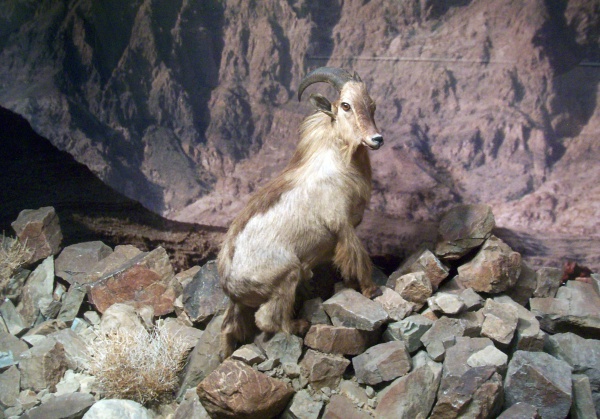Facts About Arabian tahr
The Arabian tahr is an intriguing species native to the rocky landscapes of eastern Arabia. Originally classified under the genus Hemitragus, genetic studies have recently distinguished it as a separate category. As the smallest tahr species, it features a robust build, distinctive backward-arching horns, and a striking reddish-brown coat with a dark stripe running down its back. Male Arabian tahrs are especially notable for their impressive manes, which lengthen with age.
These animals can be found navigating the steep, rugged slopes of the Al Hajar Mountains in Oman and the UAE, inhabiting altitudes of up to 1,800 meters. The Arabian tahr was first described by Dr. A.S.G. Jayakar and has since been classified under the genus Arabitragus.
Unlike many herd animals, Arabian tahrs are often solitary or live in small family groups. They are browsers, feeding on a varied diet of grasses, shrubs, leaves, and fruits. Water is a crucial requirement for them, and they need to drink every few days. Unfortunately, these unique creatures face several threats, including overgrazing, poaching, habitat destruction, and predation by the Arabian leopard.
Since the 1970s, various conservation efforts have been implemented to protect the Arabian tahr. These include captive breeding programs and the establishment of protected areas such as the Wadi Wurayah preserve in Fujairah and Sir Bani Yas in Abu Dhabi. Raising awareness and educating the public are also key components of the conservation strategy aimed at ensuring the survival of this endangered species.

 Saudi Arabia
Saudi Arabia